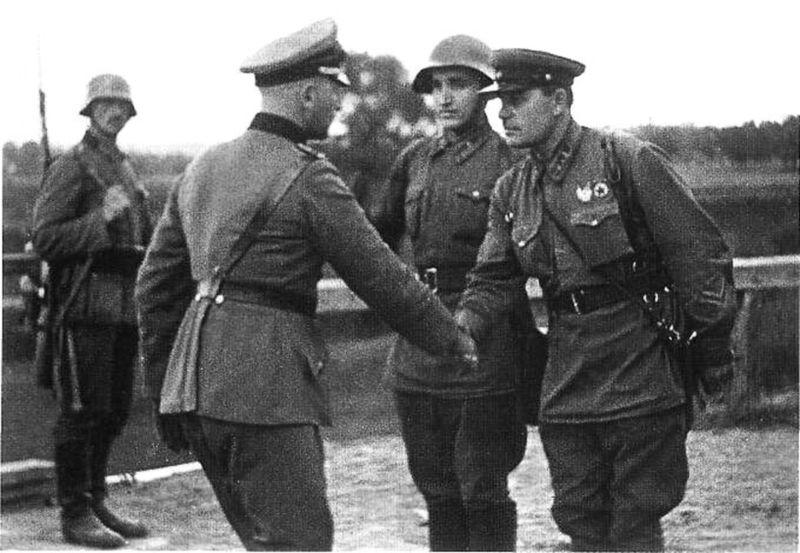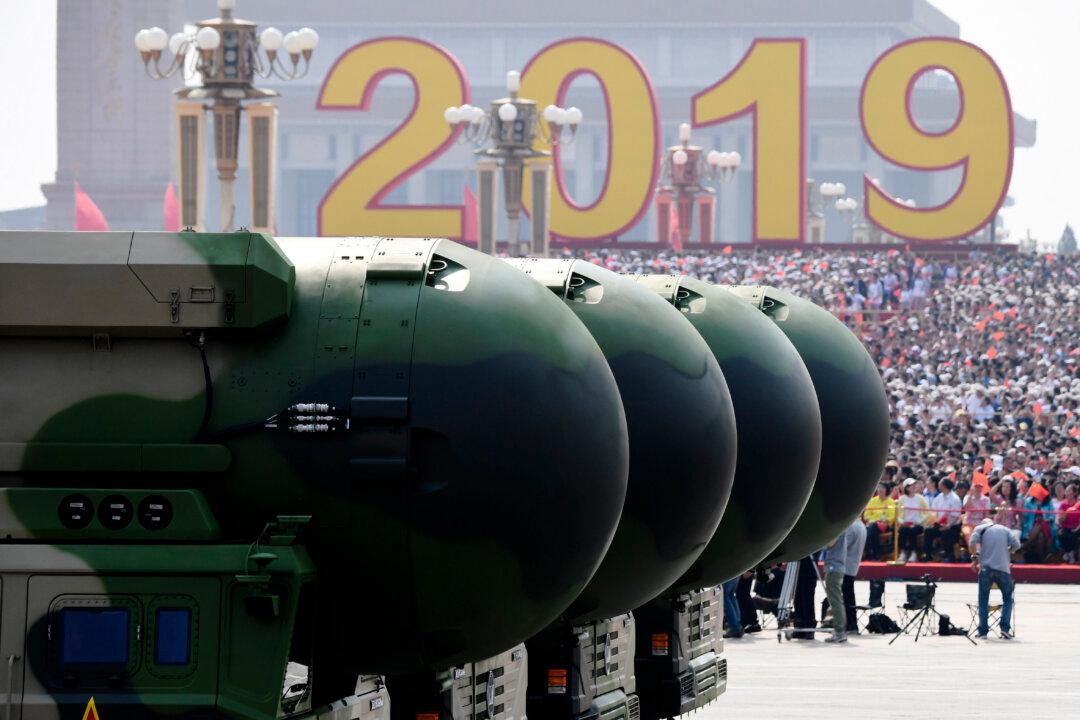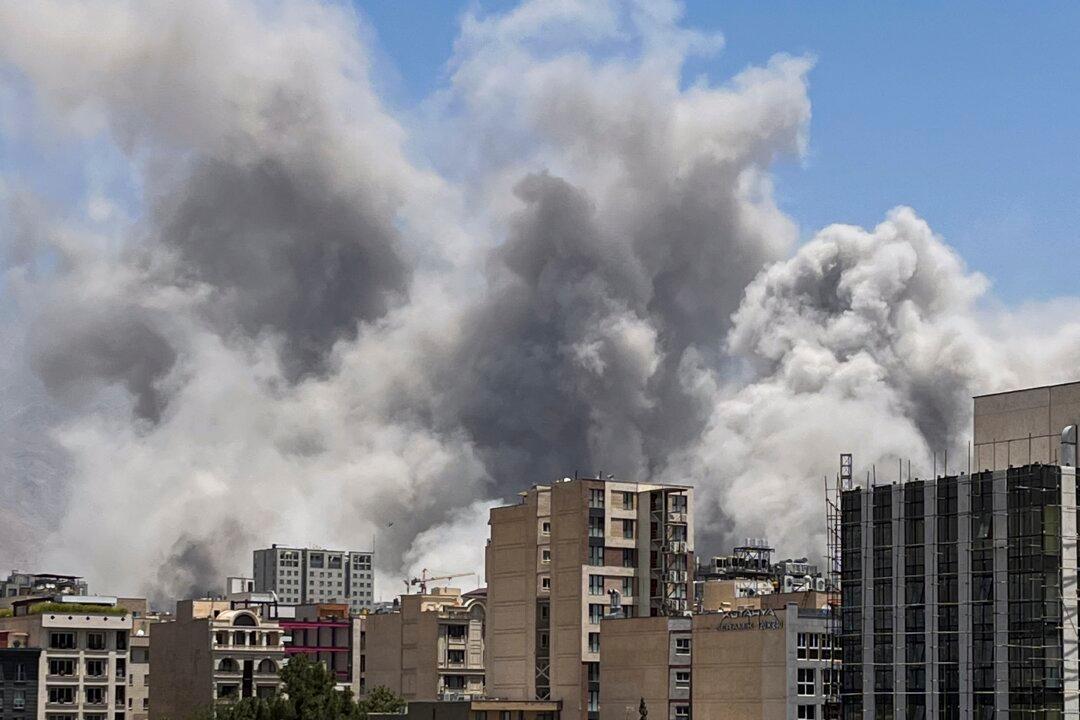In April 1945, the Third Reich was on its last legs. Triumphant armies from multiple countries were advancing on German soil from all directions. Among the proudest were none other than the troops of the Soviet Union as they captured Adolf Hitler’s lair, Berlin.
Nearly four years earlier, in 1941, the Führer had launched an invasion of the USSR in an attempt to exterminate its people and plunder its territory. Twenty-six million Russians and victims of other Soviet ethnicities did not survive.




